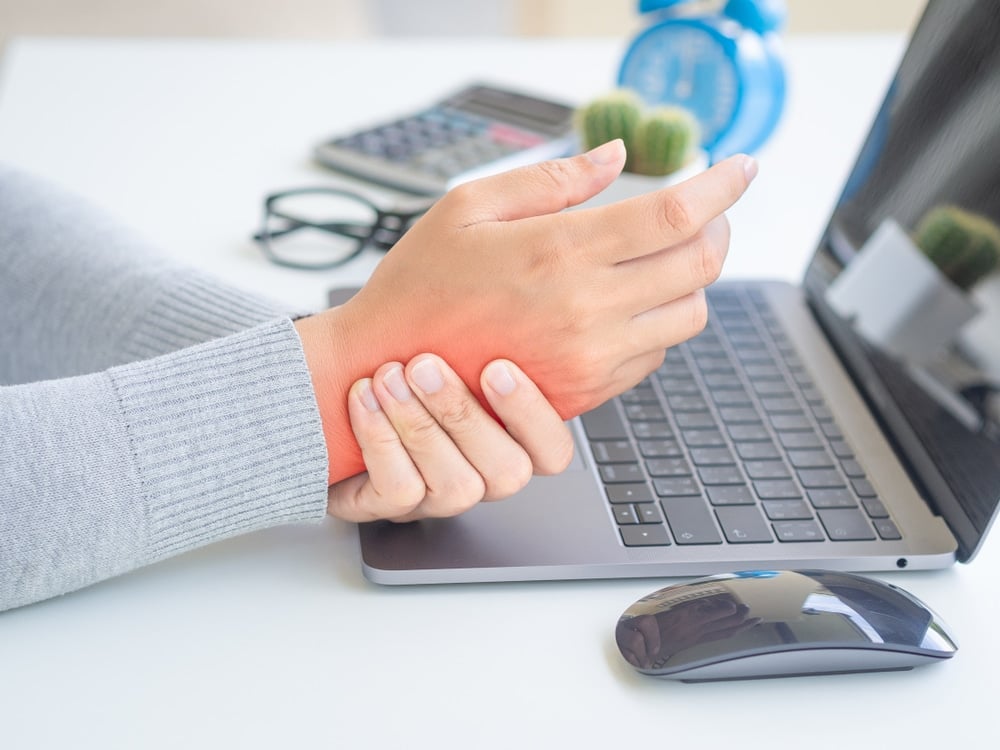
Image Source: Google
Wrist pain can be a debilitating condition that affects your daily activities, work productivity, and overall quality of life. Whether you're experiencing wrist pain from an injury, repetitive strain, or a medical condition like arthritis, it's important to find effective ways to relieve the discomfort and promote healing. Here are seven tips from an expert doctor that can help you alleviate wrist pain and regain your mobility:
1. Rest and Immobilization
One of the first steps in relieving wrist pain is to give your wrist a break from any activities that may be causing or exacerbating the pain. Resting the affected wrist and avoiding repetitive movements or heavy lifting can help reduce inflammation and promote healing. In some cases, your doctor may recommend using a splint or brace to immobilize the wrist and provide additional support.
2. Ice and Heat Therapy
Applying ice or heat to the affected wrist can help alleviate pain and reduce inflammation. Ice therapy is particularly effective in the early stages of injury or when there is acute pain. Wrap an ice pack in a thin towel and apply it to the painful area for 15-20 minutes, several times a day.
3. Gentle Stretching and Strengthening Exercises
Once your wrist pain starts to subside, it's important to gradually introduce gentle stretching and strengthening exercises to regain mobility and prevent future injuries. Consult with an expert doctor or physical therapist who can provide you with a customized exercise program that suits your specific needs and condition. Avoid overexertion and listen to your body's limits.
4. Pain Medication and Topical Treatments
Over-the-counter pain medication like nonsteroidal anti-inflammatory drugs (NSAIDs) can temporarily relieve wrist pain and reduce inflammation. However, it's important to consult with your doctor before starting any medication to ensure it doesn't interfere with any pre-existing medical conditions or interact with other medications you may be taking.
5. Ergonomic Modifications
If your wrist pain is caused by repetitive strain or poor ergonomics at work or during daily activities, making some ergonomic modifications can significantly reduce discomfort. Ensure your workstation is properly set up with an ergonomic keyboard, mouse, and chair. Take regular breaks to stretch and rest your wrists. Use proper lifting techniques and avoid putting excessive strain on your wrists while performing tasks.
6. Physical Therapy
If your wrist pain persists or worsens despite trying conservative measures, your doctor may recommend physical therapy. A physical therapist can guide you through specific exercises and techniques to improve wrist strength, flexibility, and overall function. They can also provide manual therapy techniques and modalities such as ultrasound or electrical stimulation to alleviate pain and promote healing.
